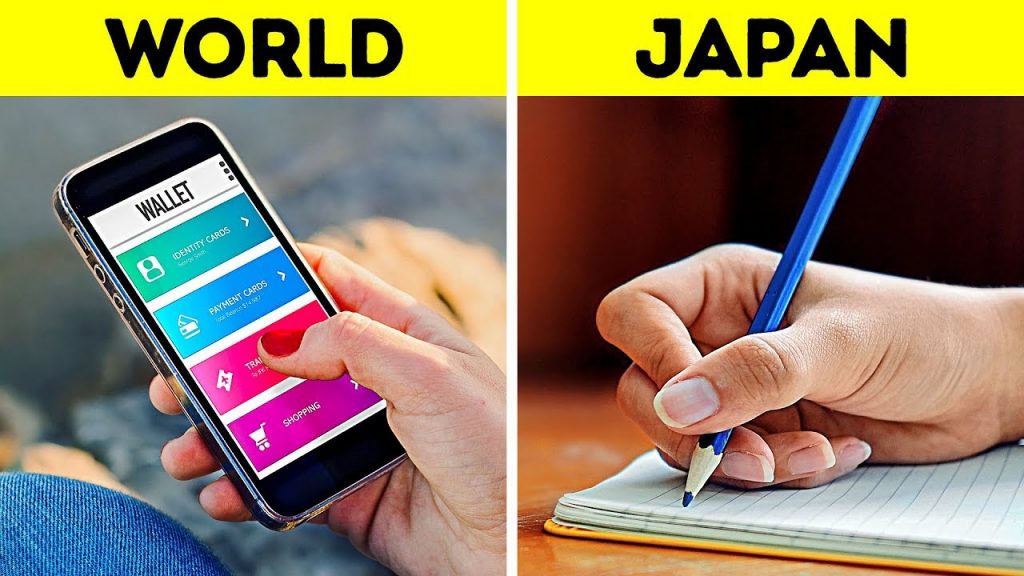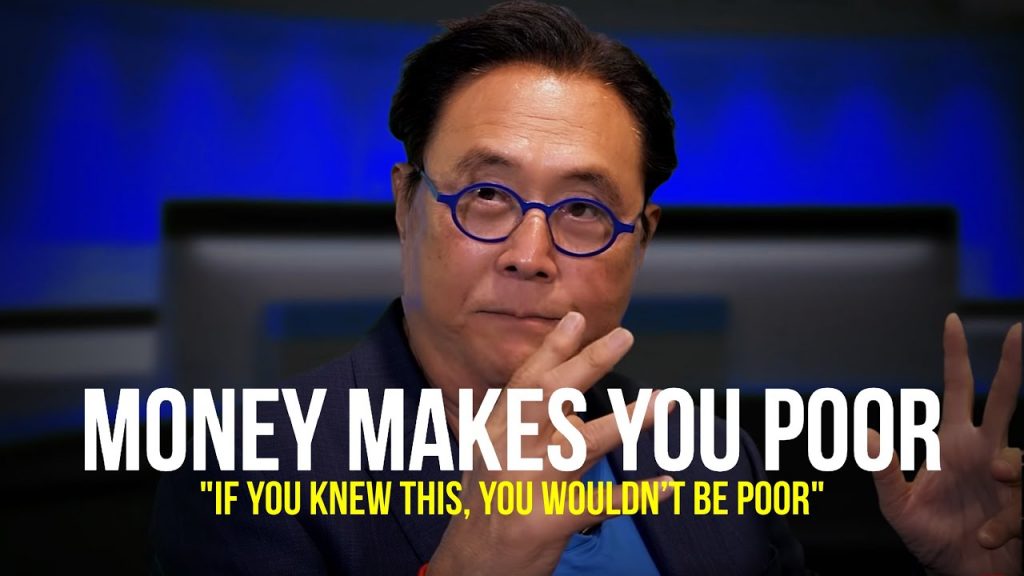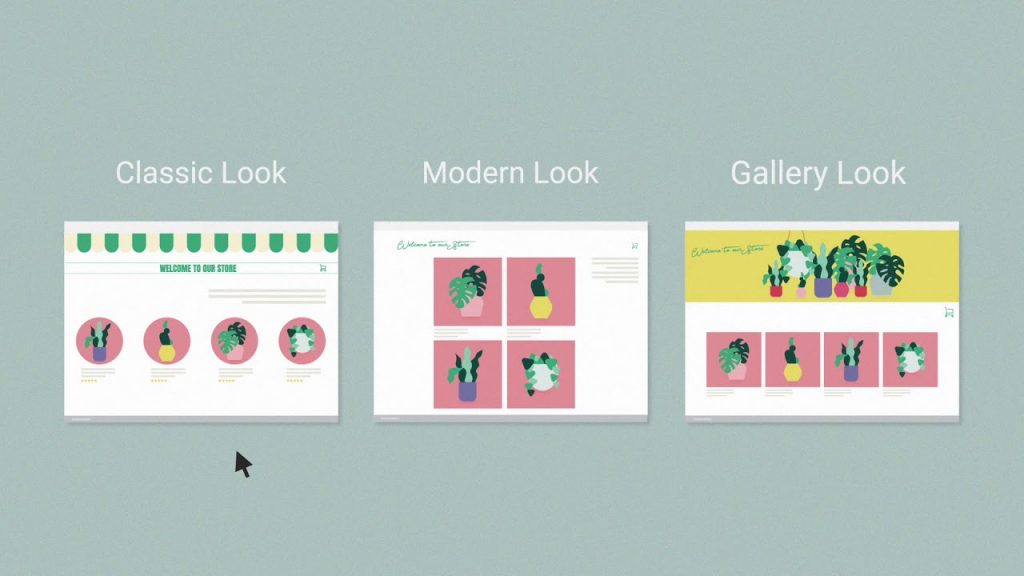Sneaky Ways Fast Food Restaurants Get You To Spend Money

When you think of fast food, you probably envision dollar menus and value meals. After all, these are the advertisements that entice us to pull into the nearest drive-thru or step into a greasy-smelling eatery.
However, fast food restaurants are experts at getting you to spend more than you intended, and they do it in a variety of sneaky ways. From subtle psychological techniques to clever marketing strategies, here are some of the ways your favorite fast food joints may be getting you to spend more money than you anticipated.
1. The Power of Suggestion
Have you ever noticed how fast food menus often feature enticing images of their newest and most expensive items? This is no coincidence. Fast food restaurants know that consumers are easily swayed by visual cues. By prominently displaying images of their most expensive items, they are subtly suggesting that you should upgrade your meal or add on a few extras. The same can be said for the placement of items on the menu. You may have noticed that the high-priced items are often strategically placed at the top or in the center, making them harder to ignore.
2. Limited Time Offers
Limited time offers (LTOs) are a staple in the fast food industry. These special menu items are only available for a short period of time, creating a sense of urgency to try them before they’re gone. But these LTOs are not just a way to keep things interesting for customers, they are also a sneaky way to get you to spend more money. By creating a sense of scarcity, fast food restaurants know that consumers are more likely to be willing to pay a premium for these limited items.
3. Supersize It!
The concept of supersizing became popular in the 1990s, and fast food restaurants have been using it to their advantage ever since. It’s a simple concept, really. By offering larger portion sizes for a relatively small increase in price, fast food chains are able to get customers to spend more money. And it works. Studies have shown that when given the option to supersize, customers will do so about half of the time.
4. Sneaky Upselling
“Would you like fries with that?” This is a classic example of upselling, a technique used to convince customers to buy additional items they may not have originally planned on purchasing. Fast food employees are trained to use subtle upselling techniques, such as suggestive selling or bundling, to increase sales. For example, they may ask if you would like to add a drink or dessert to your meal, or offer a special combo deal that includes items you may not have considered purchasing separately. These seemingly innocent questions can add up and lead to a higher bill than you intended.
5. Add-Ons and Extras
Fast food restaurants have mastered the art of making you think you’re getting a great deal. “Add fries and a drink for only $2 more!” “Upgrade to a large for just 50 cents!” These add-ons and extras may seem like a bargain, but they can quickly add up and significantly increase the cost of your meal. By offering these seemingly small additions at a low cost, fast food chains are able to get you to spend more money without you noticing.
So, what can you do to avoid falling victim to these sneaky tactics? First and foremost, be mindful of your spending and stick to your budget. If you’re on a tight budget, avoid supersizing or adding on extras. You can also try ordering from the dollar menu or splitting a combo meal with a friend. And if you’re feeling strong-willed, try to ignore the enticing images and limited time offers. Remember, fast food restaurants make their profit by getting you to spend more money, so it’s up to you to be aware of their sneaky tactics and resist the temptation.









Matthew McConaughey | 5 Minutes for the NEXT 50 Years of Your LIFE
Mark Cuban – The #1 Reason Why Most People Fail In Business
Choosing The Right Merchant Account Provider
Conor Mcgregor | 5 Minutes For The NEXT 50 Years of Your LIFE
How to Choose the Right Business Partner